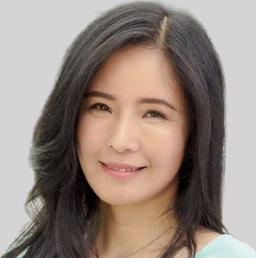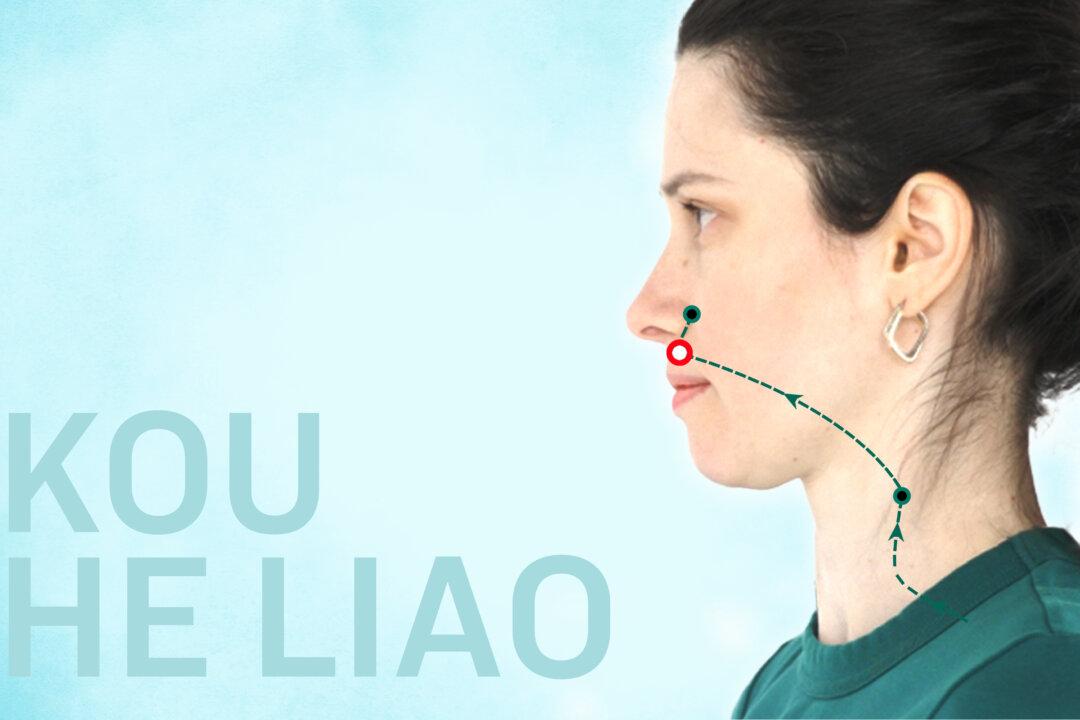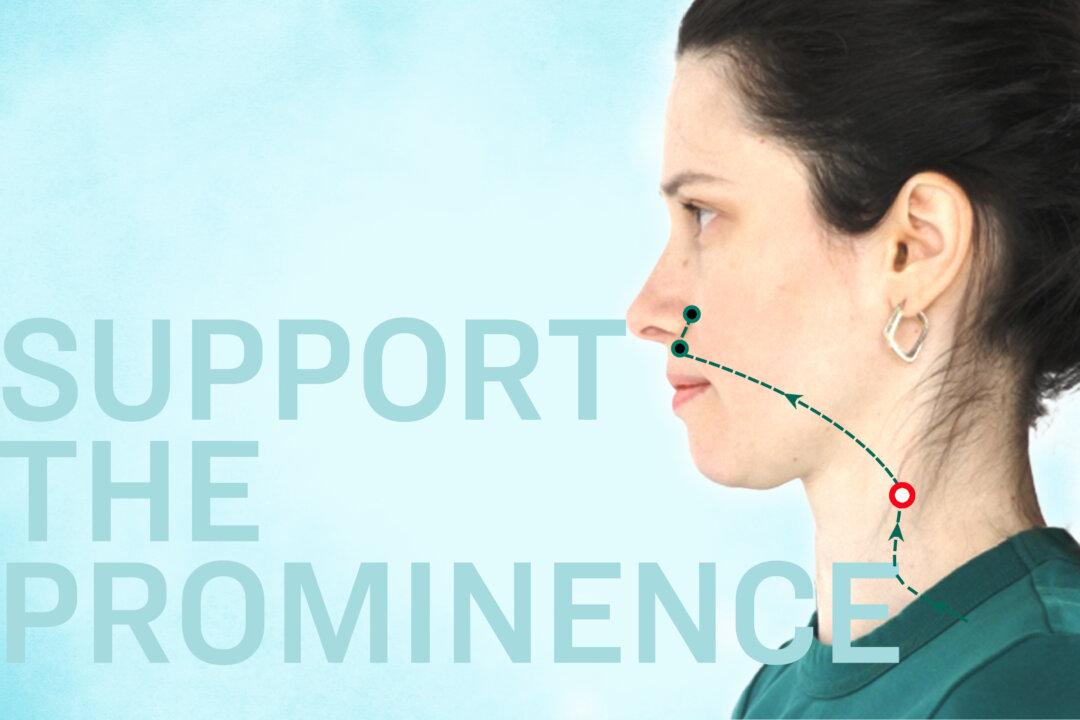A solar term is a period of about two weeks, based on the sun’s position in the zodiac. Solar terms form the traditional Chinese calendar system. The calendar follows the ancient Chinese belief that living in accordance with nature will enable one to live a harmonious life. This article series explores each solar term, offering guidance on how to best navigate the season.
According to traditional Chinese solar terms, the summer solstice on June 21 marks the turning point in the balance of yin and yang elements on earth.






